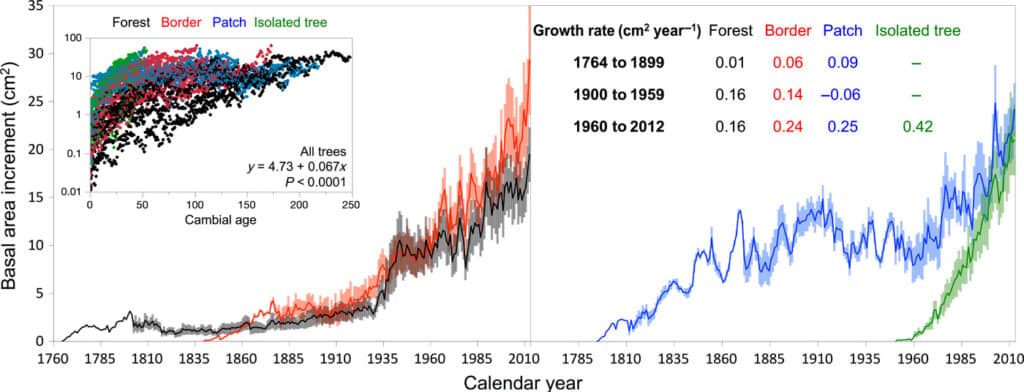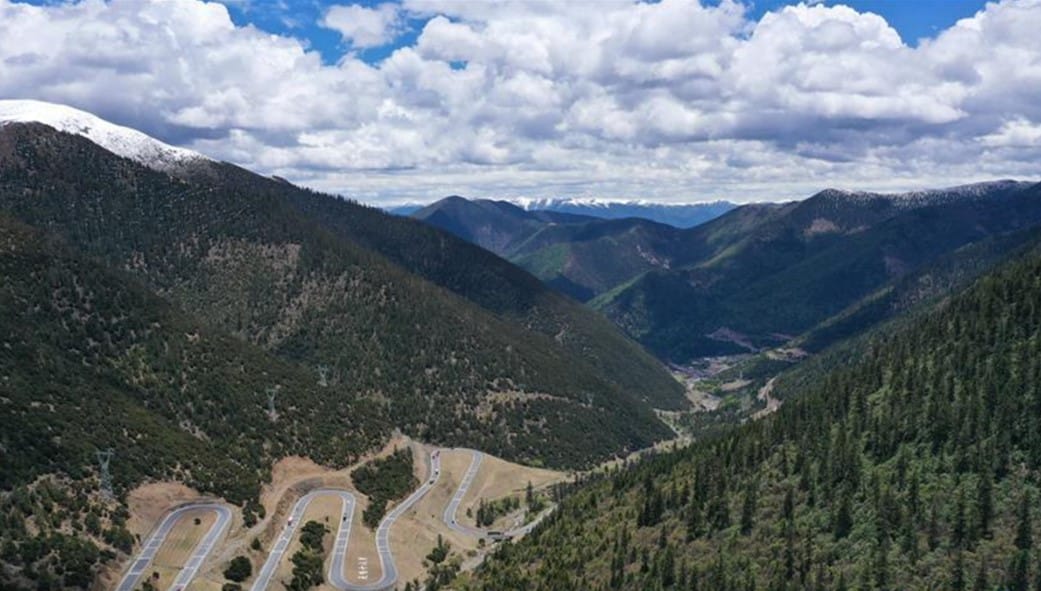Chinese researchers have shed new light on the impact of global warming on alpine treelines and the growth of trees in high-altitude forests.
The research conducted by scientists from the Institute of Tibetan Plateau and the Chinese Academy of Sciences (CAS) found that trees had a competitive advantage over shrubs and that the alpine treeline will continue to grow as the climate changes.
As reported in the state-owned Global Times, the research will be published in the peer-reviewed National Science Review and supports findings from a study published in 2016.
The researchers observed, “a steady increase in tree growth in the Tibten Plateau since the early 1900s, which intensified during the 1930s and 1960s and has reached unprecedented levels since 1760.”

The recent growth has been observed in small and large trees and coincided with the establishment of trees outside the forest range, “reflecting a connection between the physiological performance of dominant species and shifts in forest distribution,” the study found.
The team used observational data on formation layer phenology from a continuous observation station in southeastern Xizang.
It combined it with simulated phenology data from 11 Northern Hemisphere sites to study changes and mechanisms of the growth and development of trees and shrubs.
Li Xiaoxia, an associate research fellow from the institute, said, “The treeline was observed in the spring against the background of global warming.”
The team found that the response of the formation layer phenology of trees and shrubs on the typical alpine treeline of Sejila Mountain in southeastern Xizang to spring warming was not synchronized, with shrubs being more sensitive to winter low-temperature stimulation and trees being more susceptible to accumulated temperature.
The rate of warming in high-altitude areas is significantly higher than in low-altitude areas, and the rate of warming in winter is much higher than in spring, which may increase the phenological differences between trees and shrubs on the alpine treeline, the team said.
“Our findings suggest that climate change is mismatching phenology between trees and shrubs, potentially enlarging the gap in growth patterns between life forms at the alpine treeline,” according to researchers.






